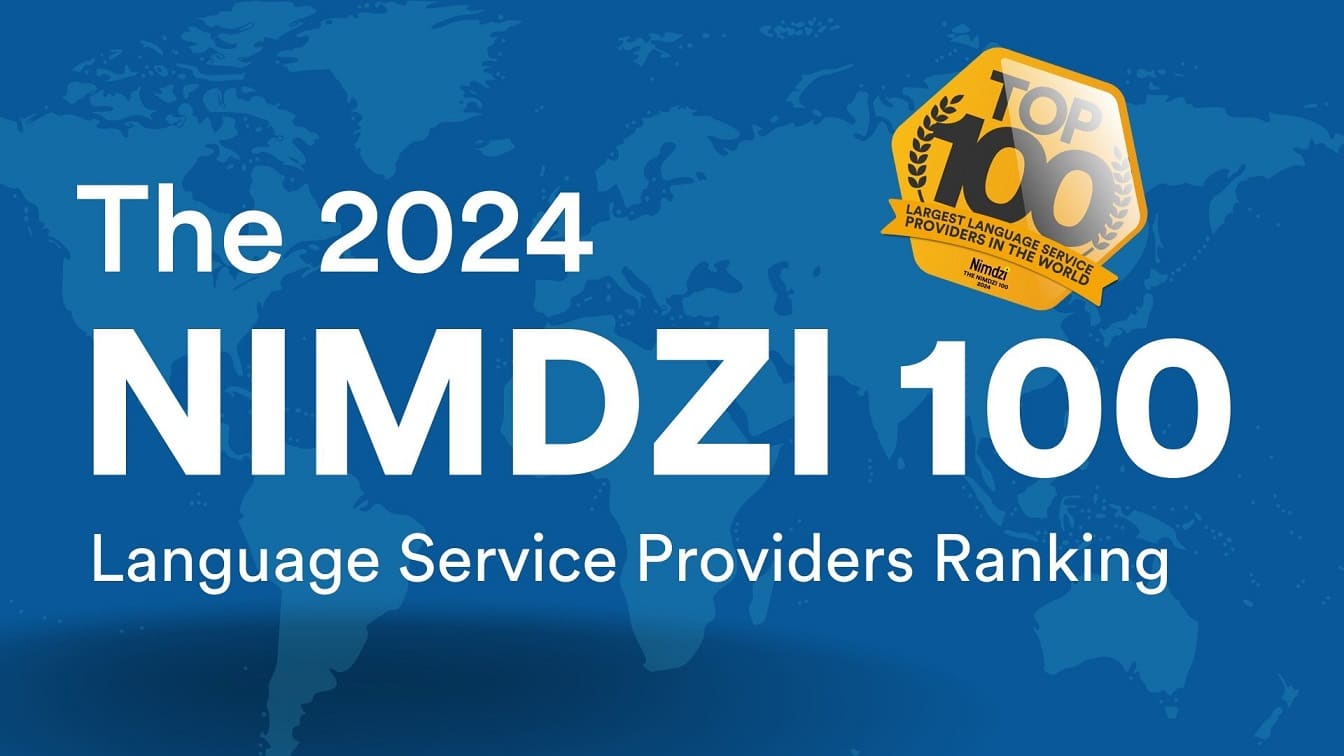Efforts to make physical and digital spaces more accessible have often led to better experiences for everyone. In fact, the phrase “curb cut effect” refers to this phenomenon. Research shows that 90% of pedestrians actually prefer using curb cuts-the solid ramp feature that eliminates the need to step up a curb when crossing the street. Accessibility advocates began lobbying for this feature in the 1970s. However, curb cuts didn’t become standard until Americans with Disabilities Act went into effect in 1990.
Curb cuts are much-needed accessibility solutions for people who use wheelchairs, but those pushing strollers, delivery carts and many others use them as well. Today, the extensive benefits of this feature are clear. Now, as digital spaces become more important to everyday life, accessibility solutions for online experiences are also proving universally beneficial. Here are two ways digital accessibility solutions are already helping everyone, and one underutilized solution that’s prevalence will likely grow.
Why Universal Captioning Pays Off
Captions for video and audio content improve accessibility. For people who are Deaf and hard of hearing, captions might be the only way to fully access these forms of content. After years of advocating for captions in broadcast media, US regulators made this a requirement. However, the media landscape went through significant changes because of the Internet and streaming services.
Today, streaming services, like Netflix, also must offer captions on their content. Although accessibility regulations for other videos online aren’t always clear, content creators are seeing the value of providing this feature for everything they upload. Part of the reason for this is that the Internet didn’t just change how producers publish or create videos, it also impacted how audiences view that content.
Statistics indicate that many people are watching videos without the sound on. This development makes sense when you consider how often people now view content on their mobile devices. Watching with the sound off or in noisy environments is common as people stream content on trains, in doctor’s offices and other public locations. From educational settings to Zoom meetings and entertainment hubs, captions are now a necessary aspect of video and live-streaming content. Additionally, savvy video creators understand that when they use captions, people retain more of the information they’re sharing and are more likely to view that content all the way through. Captions are the perfect example of an accessibility feature that has become a universal asset for everyone.

How UD Principles Make the Internet Better for All
Universal design principles hold that content, experiences and products should work for as many people as possible without needing adaptations. For instance, imagine a website that works adequately for most people, but lacks the color contrast necessary to accommodate people with color blindness. Instead of forcing people to request accommodations, UD holds that web designers should build that contrast into the original page. By doing so, the site may be even easier for others who didn’t need the additional contrast, but who can still read the content more easily with the accessible color scheme.
UD principles are increasingly important when it comes to website navigation. There are several common barriers that make websites less intuitive for users and difficult for people with certain cognitive disabilities. Some examples are poor page layouts, confusing sentence structures or flickering images. Making pages easier to navigate can also help keep people on the page rather than searching elsewhere for information or products. Any online retailer should know that it’s a good idea to make purchasing as simple and effortless as possible. In those cases, the UD principles that boost accessibility also improve the overall rate of purchases from a company.
Easy to navigate websites that reduce frustration are another example of how the curb cut effect translate to online spaces.

Audio Description’s Usefulness Can Exceed its Original Purpose
Audio description is a solution that supports people who are blind or have low vision by providing verbal explanations of visual content. Standard audio description involves a speaker who offers descriptions during breaks in the original dialogue or audio. When it comes to media, the requirements for this solution have increased over the years. However, it’s not yet as widespread as captioning.
Like other accessibility solutions, audio description has potential use cases that extend beyond its intended purpose. Although, as of now, people have somewhat overlooked these possible benefits.
One area audio description could prove useful for everyone is for audio-only content. For example, podcasts are an incredibly popular form of media that’s continuing to grow year after year. The convenience of podcasts is obvious. It’s possible to enjoy a podcast while driving, cooking or running, just to name a few options. Researchers expect 144 million US listeners will be tuning in to podcasts by 2025. With that level of popularity, it’s no wonder that many TV shows now have their own podcasts. For instance, late night shows have their own channels that play audio from monologues and interviews. However, these shows are meant for TV and live studio audiences, and as a result, they include visual segments and comedy. When those translate to a podcast format, the audience can miss out on the humor.
Audio description could solve this issue and help these programs reach wider audiences and better serve their existing ones. It’s likely that as audio description becomes more popular, people will find additional ways that it adds value for everyone. Like other solutions, its usefulness will likely extend beyond just the people who need it to enjoy video content.
Forward Thinking Accessibility Solutions
Although legislation has long been the catalyst for changes to accessibility standards, there is a growing shift toward proactive approaches. Businesses, educational institutions and other organizations can get ahead of current standards and position themselves as accessibility and inclusivity leaders.
Verbit offers accessibility solutions that help make digital content more accessible. Reach out for more information about how captioning, transcription and audio description can make your content more inclusive and engaging for every member of your audience.




